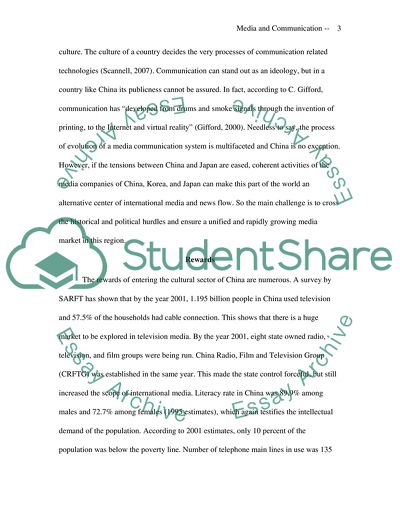Cite this document
(Rewards and Challenges for International Media Organizations Operating Research Paper, n.d.)
Rewards and Challenges for International Media Organizations Operating Research Paper. Retrieved from https://studentshare.org/media/1742769-media-and-communication
Rewards and Challenges for International Media Organizations Operating Research Paper. Retrieved from https://studentshare.org/media/1742769-media-and-communication
(Rewards and Challenges for International Media Organizations Operating Research Paper)
Rewards and Challenges for International Media Organizations Operating Research Paper. https://studentshare.org/media/1742769-media-and-communication.
Rewards and Challenges for International Media Organizations Operating Research Paper. https://studentshare.org/media/1742769-media-and-communication.
“Rewards and Challenges for International Media Organizations Operating Research Paper”, n.d. https://studentshare.org/media/1742769-media-and-communication.


